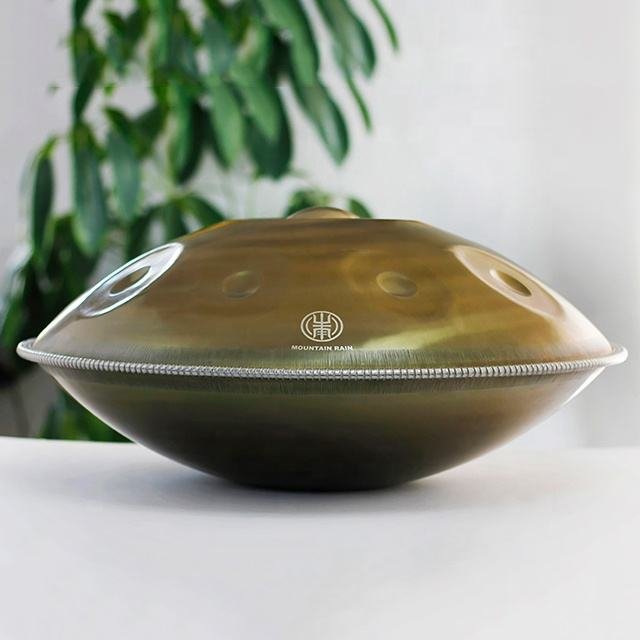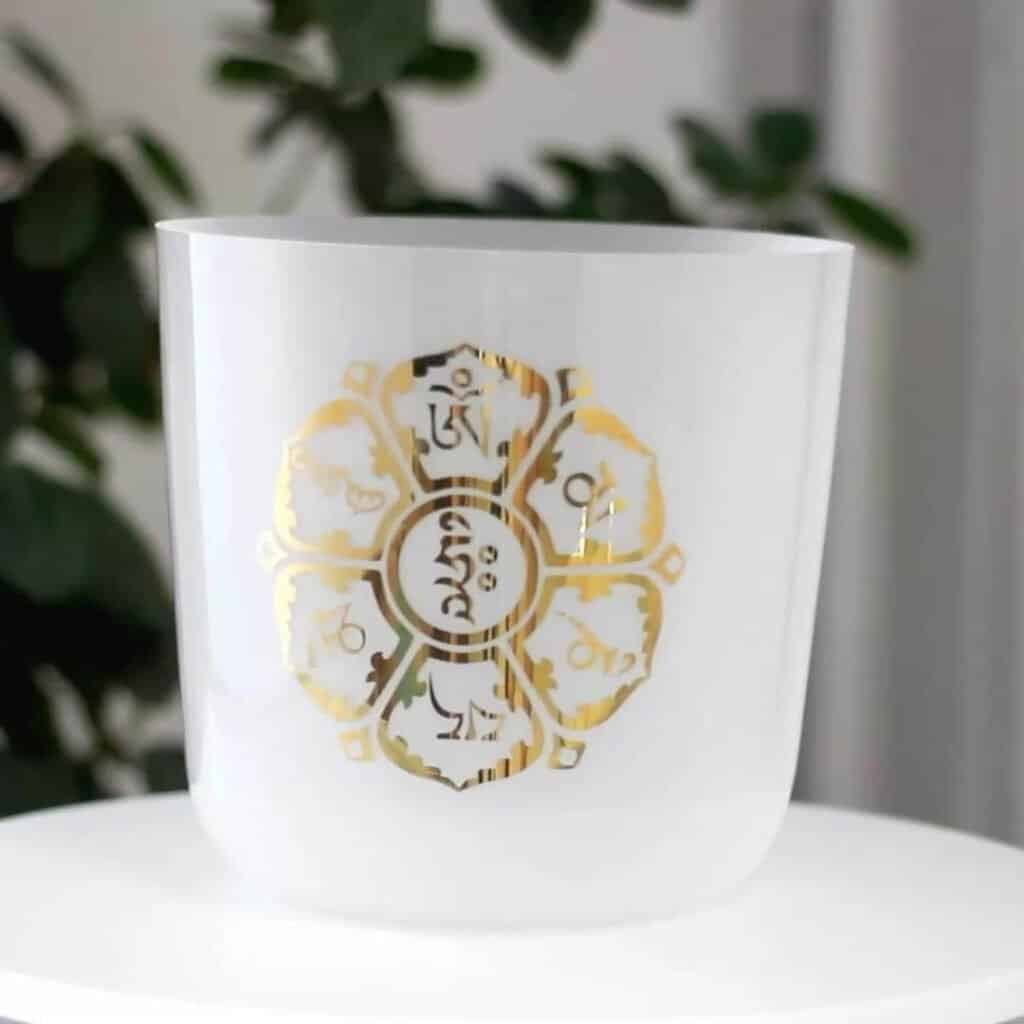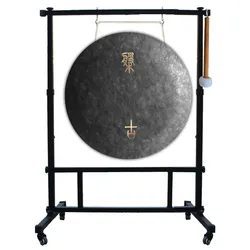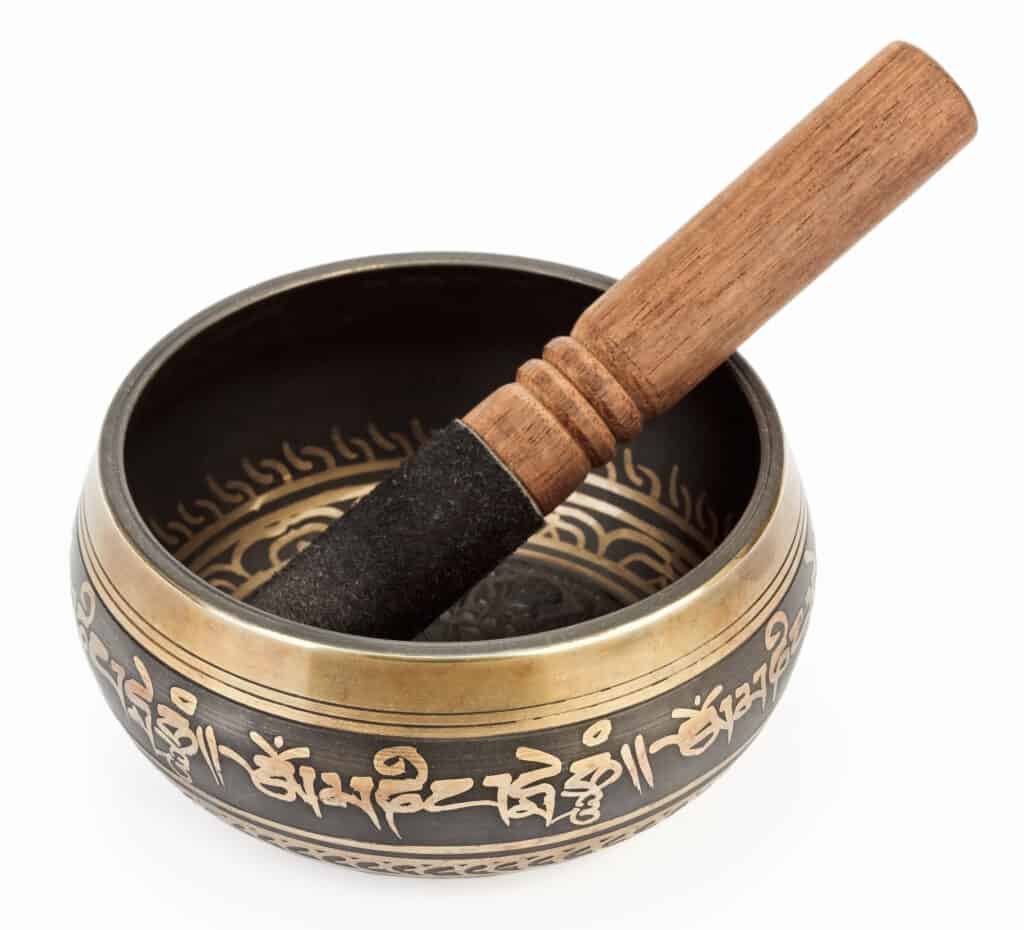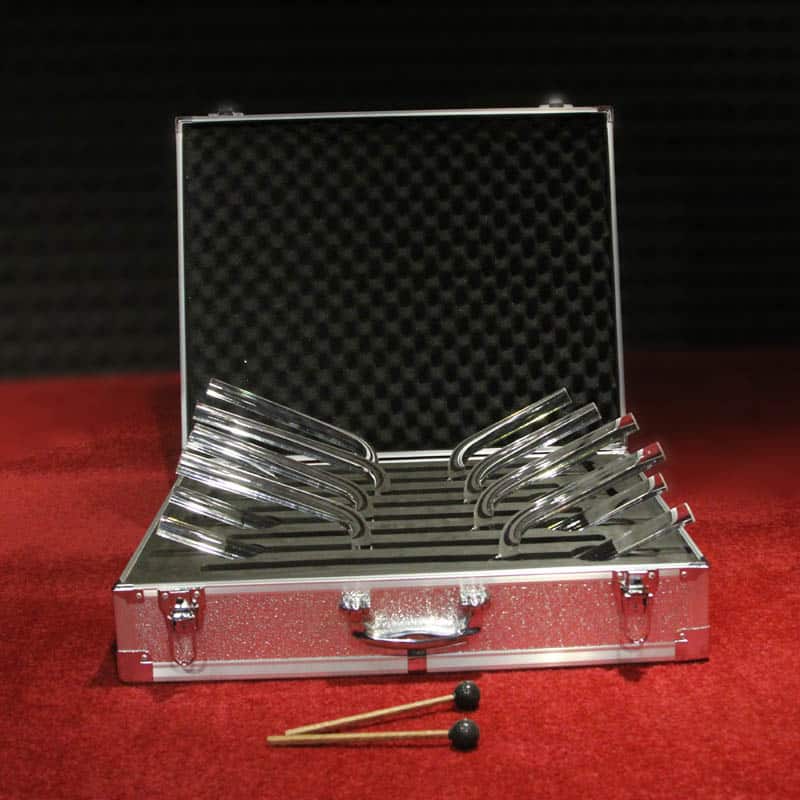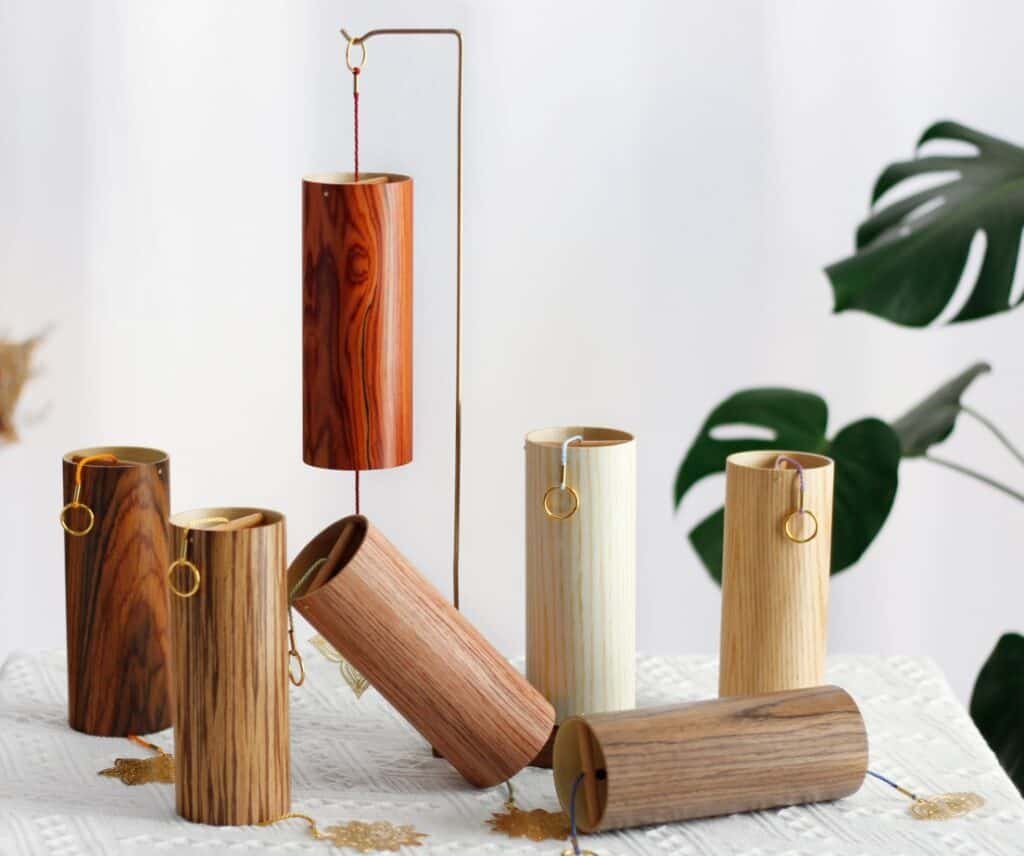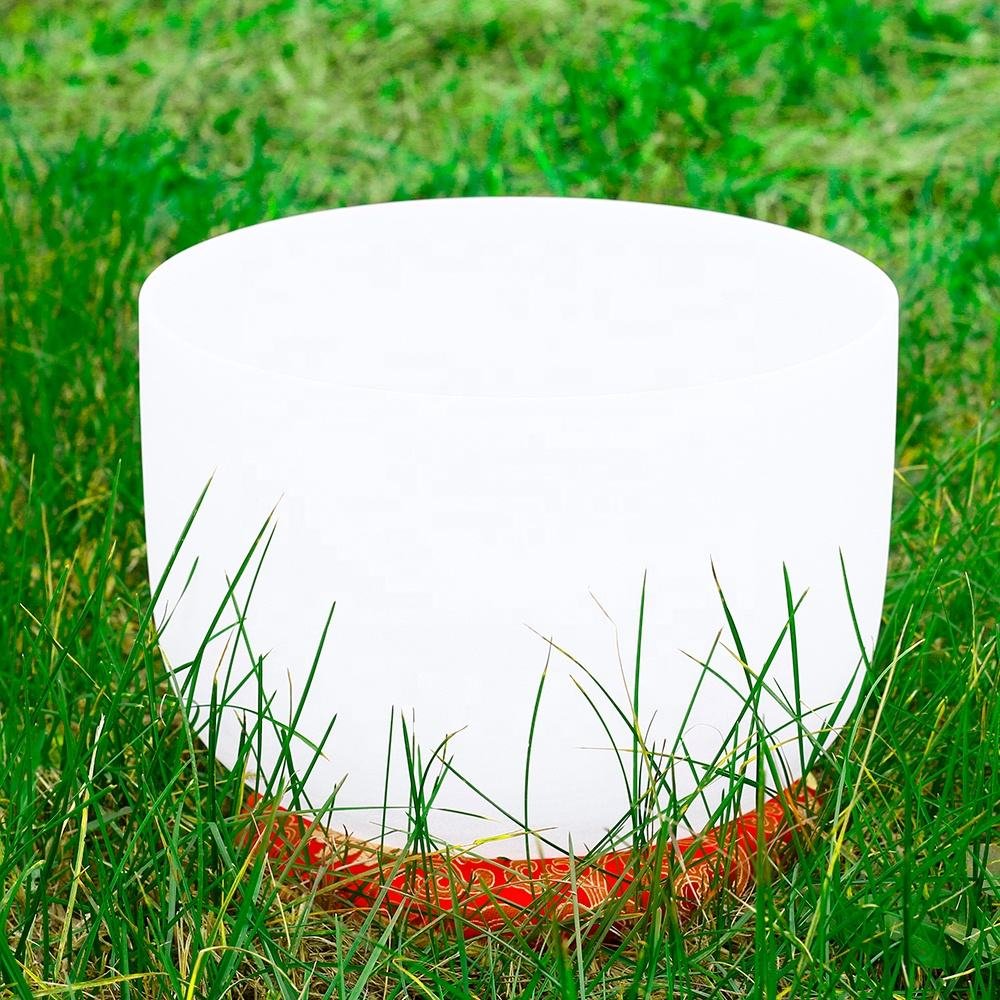If you’re anything like me, you’ve been wondering what a steel tongue drum sounds like. Well, wonder no longer! I’ve had the pleasure of giving one a try, and I can say with certainty that it’s a unique and intriguing experience.
What are steel tongue drums?
Steel tongue drums are percussion instruments that produce a range of calming, relaxing sounds. They are also known as tank drums, hand pans, or hang drums.
These unique instruments are played by striking the tongues with your hands or mallets. The tongues are carefully tuned to create different pitches, and the different sizes of steel tongue drums produce different sound qualities.
Steel tongue drums are perfect for creating soothing, mellow music. They have a meditative quality that can help you relax and de-stress. Many people enjoy playing steel tongue drums as a form of self-care or relaxation.
If you’re interested in trying out a steel tongue drum, we recommend checking out our article on the best steel tongue drums for beginners.
What do steel tongue drums sound like?

Steel tongue drums, also called hand pans, tank drums, or tongue drums, are musical instruments that have a deep, soothing sound. They are perfect for relaxation and meditation, and many people find them to be very therapeutic. Steel tongue drums come in a variety of sizes, with the most common being 12″, 14″, and 16″ in diameter. The smaller the drum, the higher the pitch will be. Tongue drums can be played with your hands or with mallets.
Playing techniques and sound production
To play a steel tongue drum, one can use their hands or mallets. By striking the tongues gently or firmly, the player can produce different sounds and dynamics. The placement of the strikes on the tongues also affects the pitch and timbre. The sound produced by a steel tongue drum is mellow, ethereal, and rich in overtones. It resonates with a sustained and soothing quality, creating a meditative atmosphere.
The unique sound characteristics of a steel tongue drum
The sound of a steel tongue drum is often described as enchanting, celestial, and healing. Its melodic tones have a hypnotic effect, invoking a sense of tranquility and relaxation. The notes blend harmoniously, creating a serene and peaceful ambiance. Each strike on the drum carries a deep resonance that lingers in the air, capturing the listener’s attention and providing a cathartic experience.
Exploring the different scales and tunings
Steel tongue drums come in a variety of scales and tunings, allowing musicians to explore different musical traditions and create diverse compositions. Common scales include major, minor, pentatonic, and exotic scales from around the world. The choice of scale influences the overall mood and character of the music produced, making steel tongue drums versatile instruments for various genres and musical expressions.
Applications and genres for steel tongue drums
The unique sound of steel tongue drums makes them suitable for a wide range of applications and musical genres. They are often used in meditation and relaxation practices, providing a soothing and calming effect. Steel tongue drums also find their place in ambient, world, and new age music. Their gentle sound can complement other instruments and add an ethereal quality to compositions.
What are the benefits of playing a steel tongue drum?
There are many benefits to playing a steel tongue drum. Steel tongue drums can help to improve your focus and concentration, and can also provide a creative outlet for stress relief. Playing a steel tongue drum can also help to boost your mood and energy levels, and can promote relaxation.
How do you play a steel tongue drum?
There are a few different ways to play a steel tongue drum. The most common way is to hold the drum in your lap and use your fingers or a mallet to strike the tongues. You can also play the drum by pressing down on the tongues with your palms or by using a drumstick.
To create different sounds, you can strike the tongues in different ways. For example, you can create a higher pitch by striking the tongue near the center, or a lower pitch by striking near the edge. You can also create different timbres by striking the tongue in different places. For example, you can produce a softer sound by striking near the center of the tongue, or a harsher sound by striking near the edge.
What are some tips for playing a steel tongue drum?
Here are a few tips to help you get the most out of your steel tongue drum:
- Don’t hit the drum too hard – the steel tongue drum is a very sensitive instrument, and you don’t need to hit it very hard to produce a sound. If you hit it too hard, you risk damaging the drum.
- Experiment with different techniques – there are many different ways to play the steel tongue drum, so don’t be afraid to experiment and find what works best for you. You can use your hands, sticks, or even your feet to create different sounds.
- Be patient – it takes time to learn how to play the steel tongue drum, so be patient and keep practicing. The more you play, the better you will get.
Where can you buy a steel tongue drum?
You can purchase a steel tongue drum from many different retailers, both online and in physical stores. Prices for these drums can vary widely, depending on factors such as the size and quality of the instrument. You can typically find smaller, lower-quality drums for less than $100, while higher-quality, larger drums may cost $500 or more.
How can you make your own steel tongue drum?
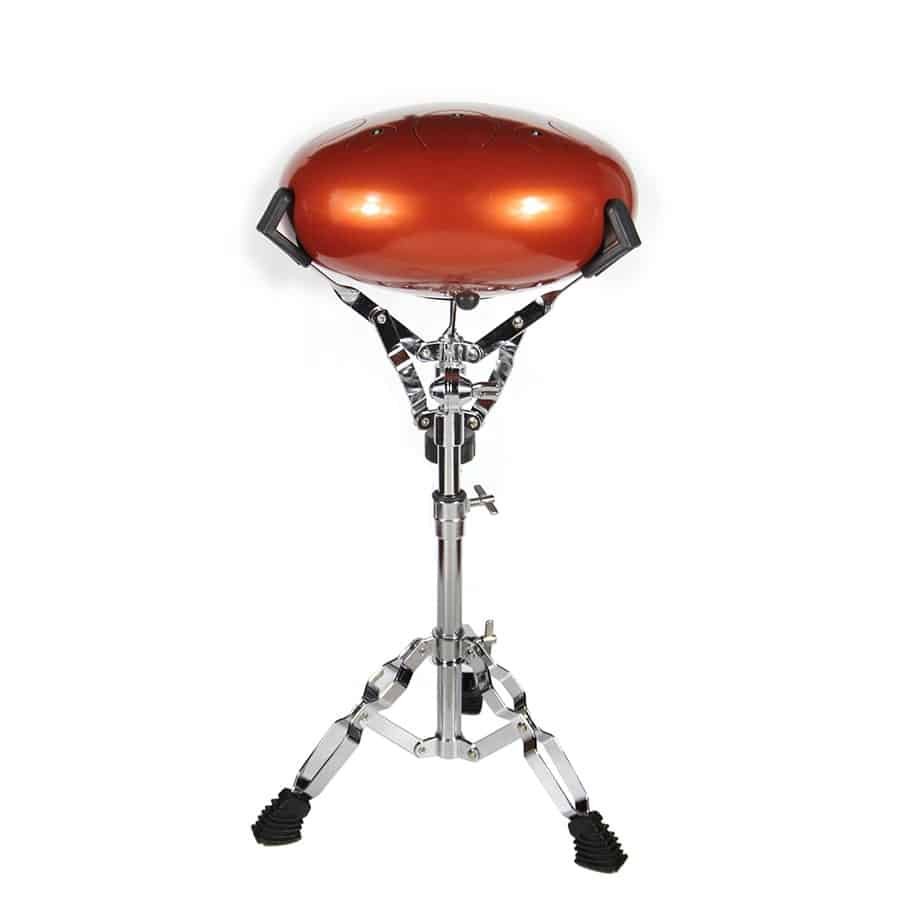
You can make your own steel tongue drum by following these simple steps:
- Cut a circular piece of steel plate into a semi-circle. This will be the body of your drum.
- Trace lines evenly around the circumference of the semi-circle, making sure that they are all parallel to each other.
- Use a hammer and chisel to notch out the lines you traced in step 2. Be careful not to make the notches too deep – you don’t want them to go all the way through the steel plate.
- Once all of the notches have been made, use a mallet to strike the surface of the drum in different places to create different tones.


